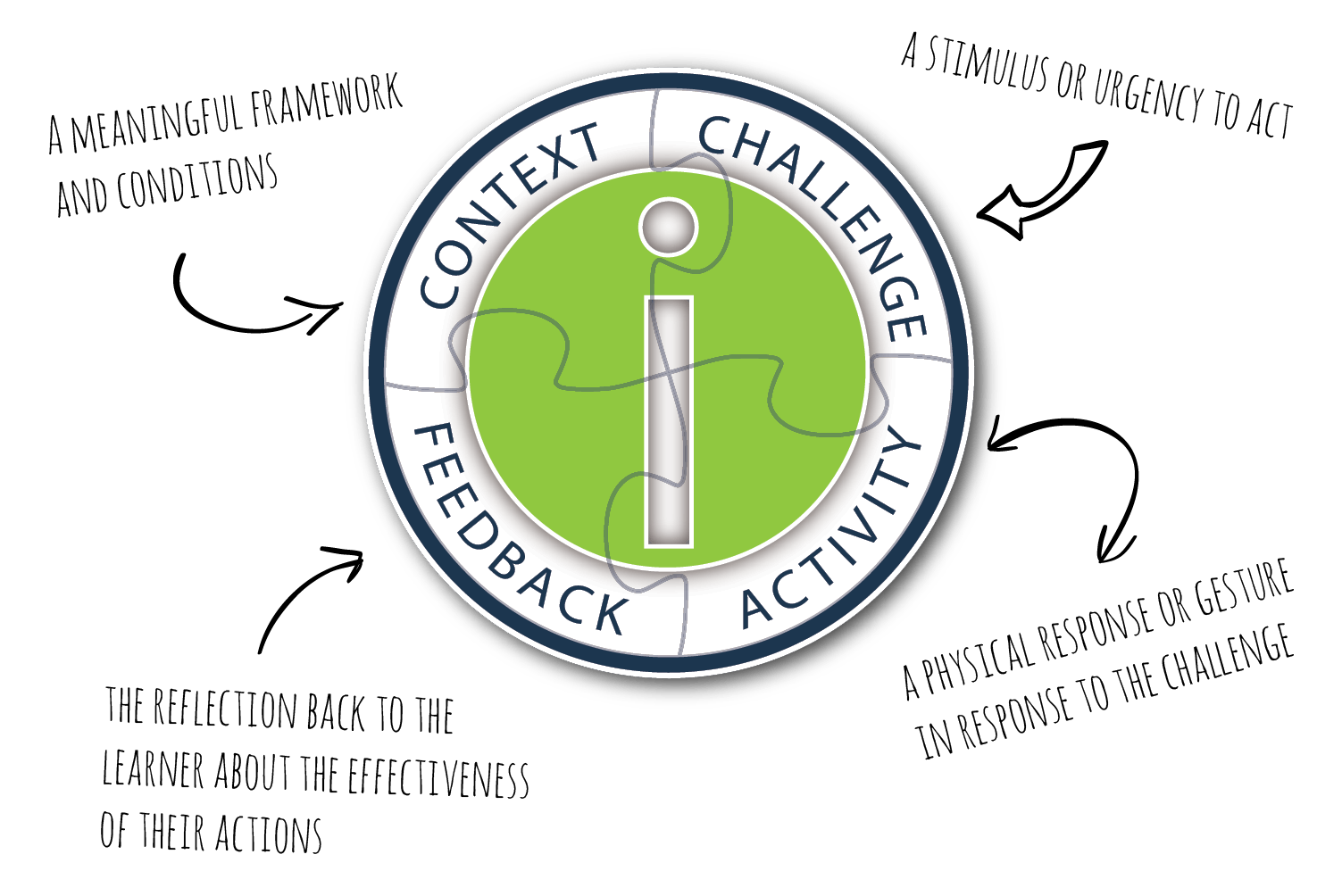June 9, 2015
Enhancing Long-Term Memory: 7 Strategies For eLearning Professionals
Memories may serve as fond reminders of the past, but they also allow us to achieve learning goals and expand our educational horizons in the here-and-now. It would be nice if our minds functioned like cameras and we could access our picture-like memories at any time we wanted. Unfortunately, this is not how it works; everything we see and hear is stored in different areas of our brains and we can easily lose information it if we don’t make a conscious effort to retain it. In this article, I’ll explore the basics of long-term memory and I'll share 7 strategies you can use to create memorable eLearning courses, the content of which will be stored in your audience's minds for a long, long time.
by Christopher Pappas











